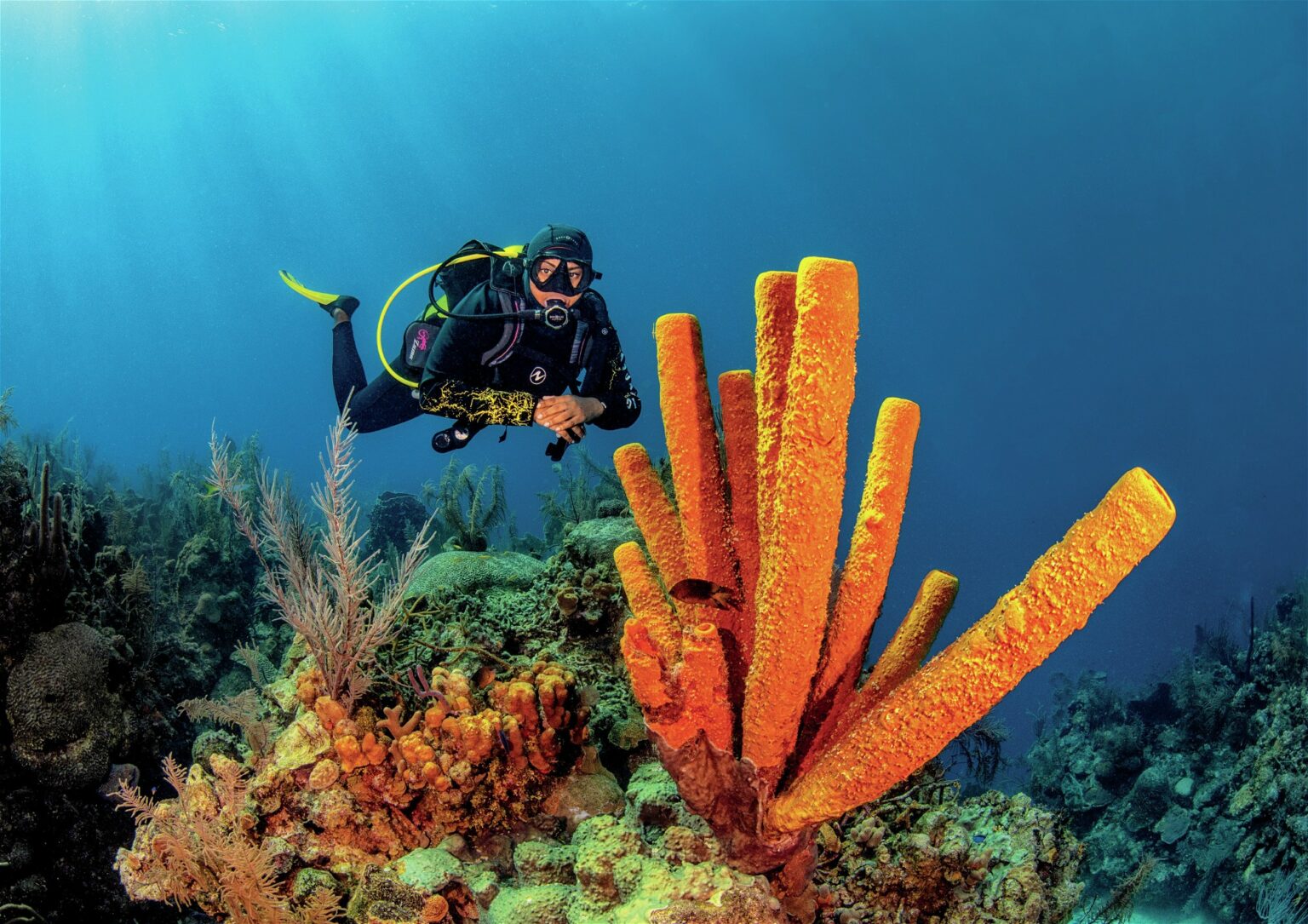Byron Conroy is captivated by the underwater delights of Belize, and even the imminent arrival of a hurricane failed to spoil his trip or dampen his enthusiasm for the destination.
Photographs by Byron Conroy
Diving Journey Begins: Belize and Its Charm
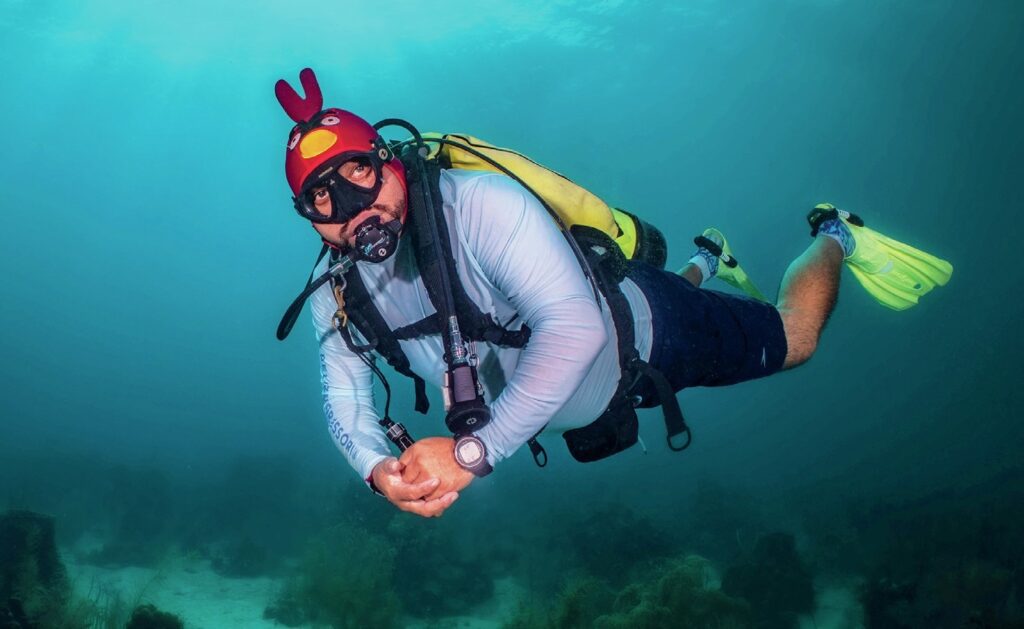
I first dived Belize eight years ago just after I had completed my Divemaster in the neighboring country of Mexico. While living in the South of Mexico, I used to be able to travel by speedboat to Belize, the international border was marked by a rope in the water that our zodiac driver would casually drive over, lifting the prop, as we made our way between countries.
I was new to diving then, but had fond memories of Belize – it’s a Caribbean nation in Central America, with Mexico to the north, Guatemala to the south and the Caribbean Sea off its eastern shores. With a population of around 450,000 and stretching for 111 miles north to south, it’s the least densely populated country in the Caribbean.
The country is a former British colony, gaining independence in 1981 – the country is still, however, the only Central American country to still be in the Commonwealth. Due to this history, the first language in Belize is English, making it a very friendly place for both American and British divers.
The Intriguing Nature of Belize: Land and Underwater
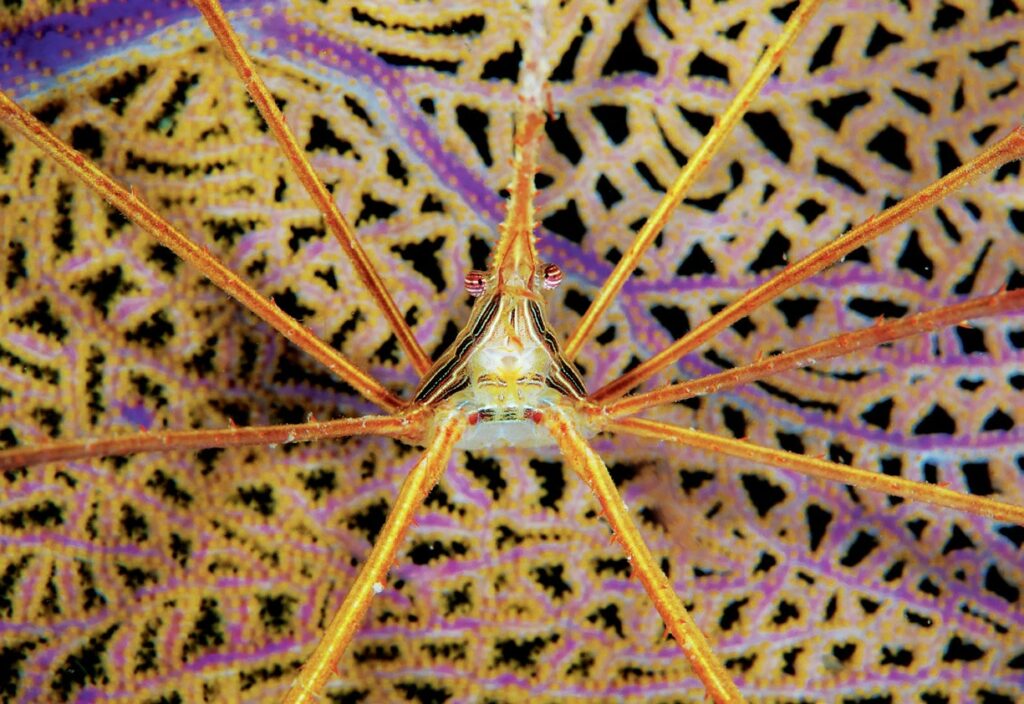
Belize is more famous for the nature that can be seen both on land and underwater. 60% of Belize is still covered in rich forest that is a paradise for the 5,000 plants and hundreds of species of animals that adorn it. But for the dive community, it’s the marine life that draws us in. Off the eastern coast of Belize lies the southern end of the Meso- American barrier reef system, the second largest barrier reef on Earth after the Great Barrier Reef. The reef is home to a staggering array of marine species and corals, the area is large in size though, so best explored by liveaboard.
Belize Aggressor 3: The Weeklong Journey
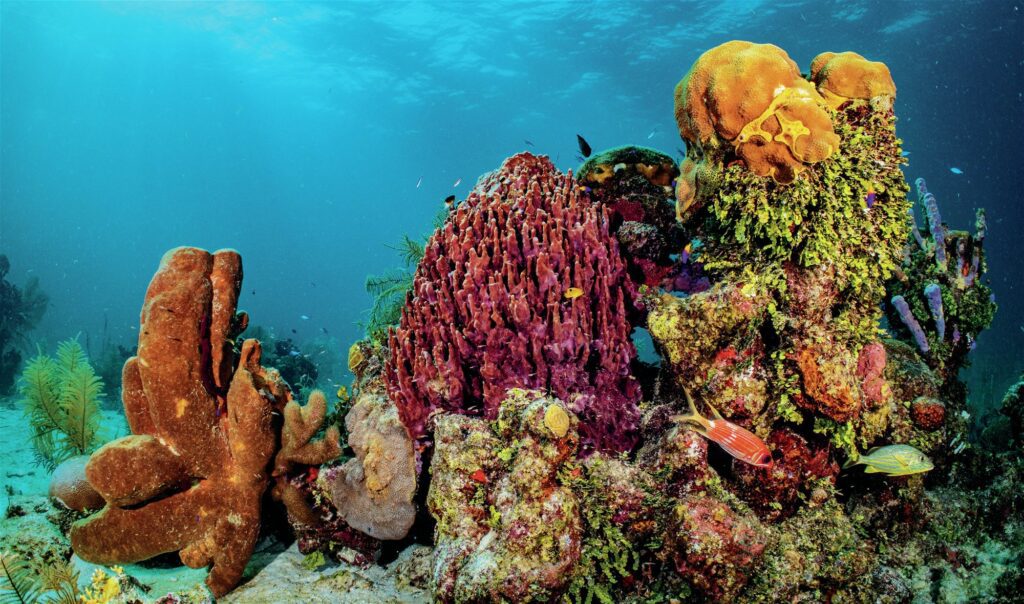
My home for this week was the Belize Aggressor 3, an impeccably well-maintained steel vessel that can be home to a maximum of 18 divers for the one-week itineraries they offer, covering the best diving locations in crystalclear Belizean waters. Aggressor have been operating liveaboards all over the world for many years – starting in 1984 with the first Cayman Aggressor, they quickly moved into Belize in 1987.
Journey Commences: Arrival and Welcome
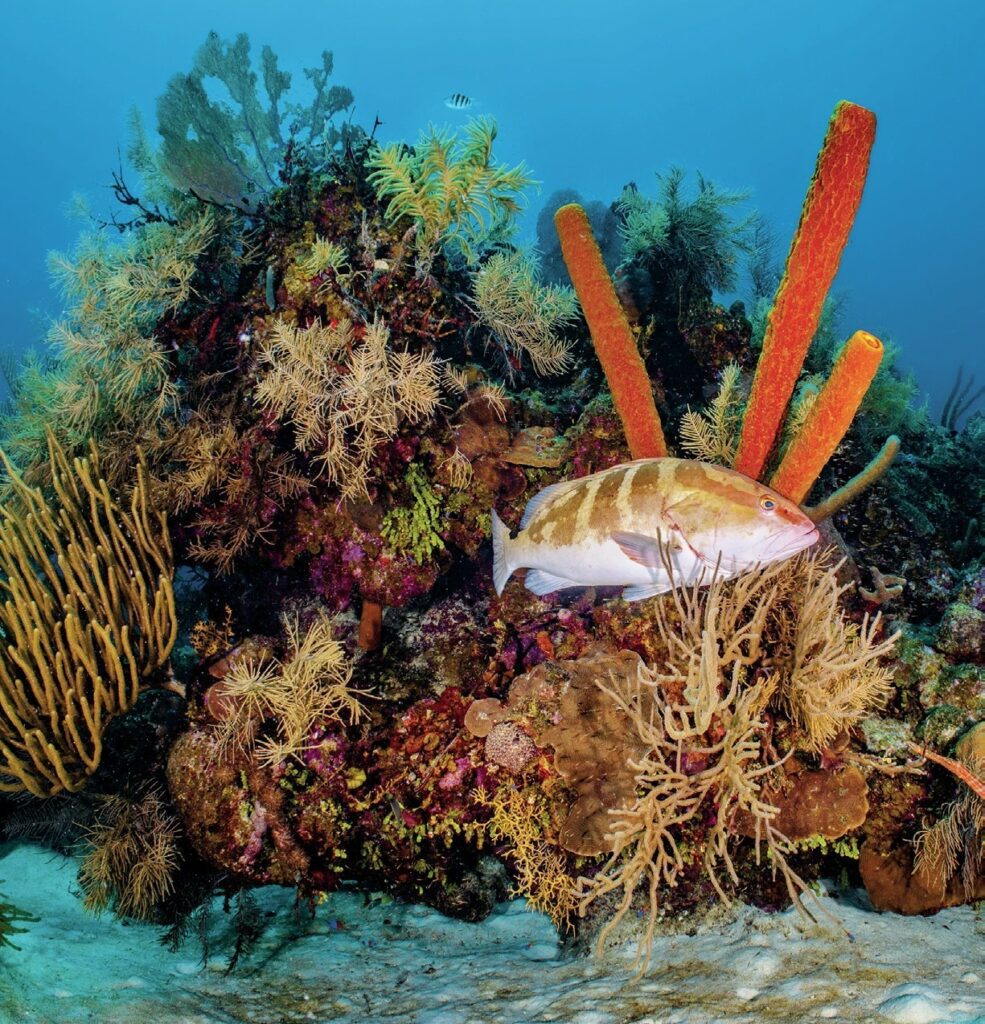
My journey began with arrival into Belize City on a Friday, all departures run Saturday to Saturday but I chose to come and arrive a day early and stayed the pre-night at a local hotel where the Aggressor boat docks. This takes away the stress on arrival and reduces jet lag before boarding on the Saturday. The first day of the trip guests are picked up from hotels or the airport late afternoon and the boat actually remains in dock on the first night while all guests arrive from different destinations and at different times.
Did you know?
With over 400 islands, beautiful sandy beaches, the longest unbroken barrier reef in the Western Hemisphere and 185 miles of stunning coastline, it is easy to see why Belize is a world-class diving destination.
As soon as I boarded I was welcomed by Captain Ken and the rest of his incredible team. The staff were among the happiest and most attentive I have ever encountered at any destination. During the process of setting up kit, the staff all introduced themselves with a big smile, the service was positive and enthusiastic, but also in a relaxed Caribbean fashion, making all guests immediately feel welcome and very comfortable on board.
Living and Dining Aboard: Hospitality Like No Other
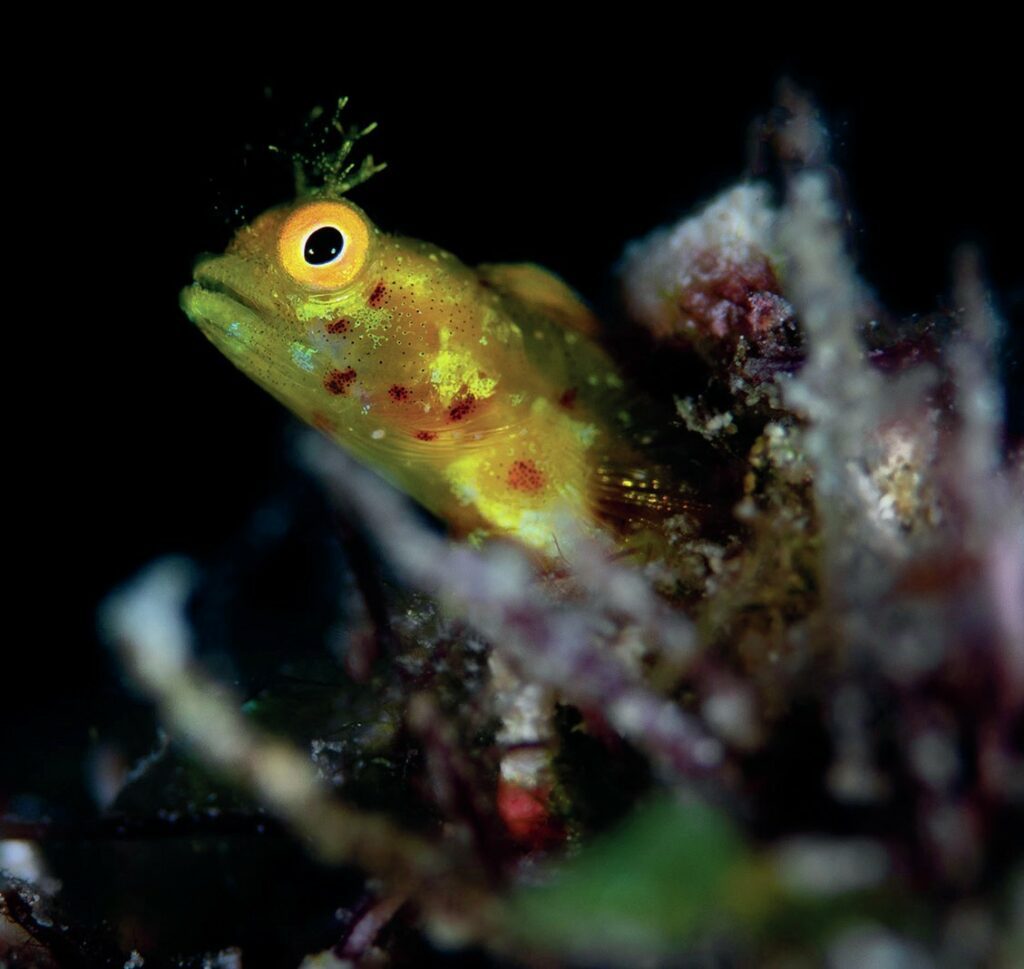
After setting up kit and completing the usual paperwork, including checking certifications, we were shown the cabins. The boat was not full for the trip and I was pleasantly surprised to see I had been allocated a private cabin, as had a few other guests that were traveling solo. It’s very nice and accommodating of the boat to do that as it creates extra work for the crew, but their relaxed service was in full force and they did everything they could to meet the needs of all guests.
The cabins are spacious and have very nice charging facilities and everything you need for a one-week stay on board. Bathrooms are clean and of a nice standard with a private shower in each room. The indoor living space on board is split into two dry areas, with a dining area and community area where briefings and other important information is given to the guests. All safety briefings and dive briefs were given on the Saturday night before we all got together for the first dinner, which was excellently prepared by our onboard local chef. All meals are served to the table and include a host of different American and BBQ styles, along with many breakfast options. Local beer and wine are also complimentary, along with soft drinks on board.
The Dive Begins: Turneffe Atoll
The following morning we set off for our checkout dives and headed out to the Turneffe Atoll. Checkout dives were completed with a guide, just to make sure all of the basics of the diving were fine, checking buoyancy, weighting and removing any of the equipment niggles that can occur through travel. The diving was beautiful, lush Caribbean reefs with large numbers of fish species including all of the usual Caribbean favorites – French angels, nurse sharks, rays and a host of other fish. The reefs of the Caribbean are adorned with sea fans and sponges of all colors from yellow to purple.
Protection Efforts and Diving Delights
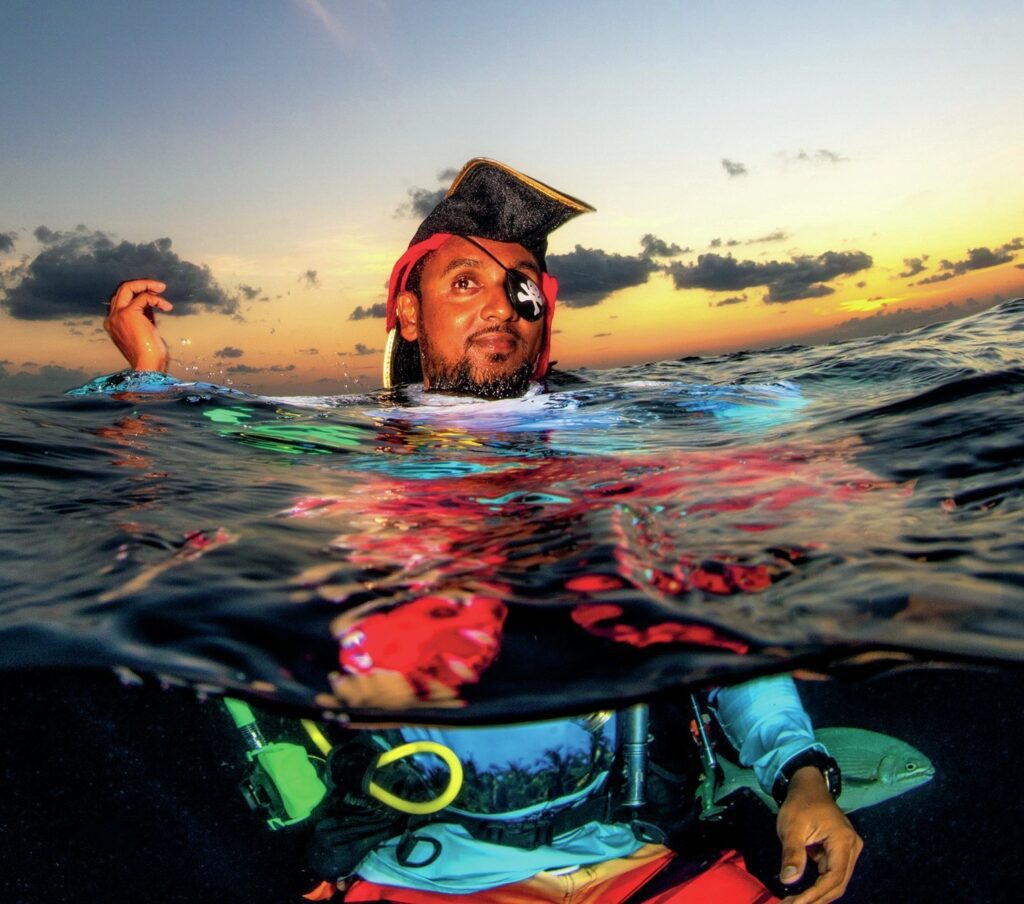
It was immediately great to see the success of the protected environment areas. In 2010, Belize became the first country in the world to completely ban bottom trawling, an initiative that has really helped to protect the area and the sea fans that are growing all over the seabed. There were large numbers of common species that are usually fished out, such as grouper – they were both in abundance and of a good size, showing a good health reef system. The population of them are also unafraid of divers having shared the underwater space with them for many decades, this is reflected in the close interactions you can have with them, unlike almost anywhere else I have dived in the Caribbean.
We continued to dive the area around Turneffe for the rest of the day, completing four dives at a nice leisurely pace through the day. The diving was easy with great visibility, no currents and easy conditions with calm seas and sunshine all day. This type of diving is some of the most relaxing in the world – if you are looking for easy diving with a rich abundance of marine life, then it doesn’t get much better than this trip.
I have dived many difficult destinations from Raja Amat, to the Maldives and the colder seas of the Arctic in Iceland and Greenland – while this type of diving is truly mesmerising, it is hard work, heavily task loaded and challenging. Belize offers some very nice and benign conditions that make for a very relaxing dive holiday.
Facing the Hurricane: A Twist in the Tale
As we awoke for the next day’s diving, a few people had been looking at the local news and weather and the news of a hurricane came on the horizon. It’s rare for a hurricane to hit Belize, however it does happen. In the morning, the hurricane forecast had projected that it would just miss the eastern side of Belize. Our great captain Ken was the first to raise this subject with us and assured us that he would be in constant contact with the shore-based operations team of Aggressor and that he would inform us of any information he got.
Half Moon Caye: A Natural Monument
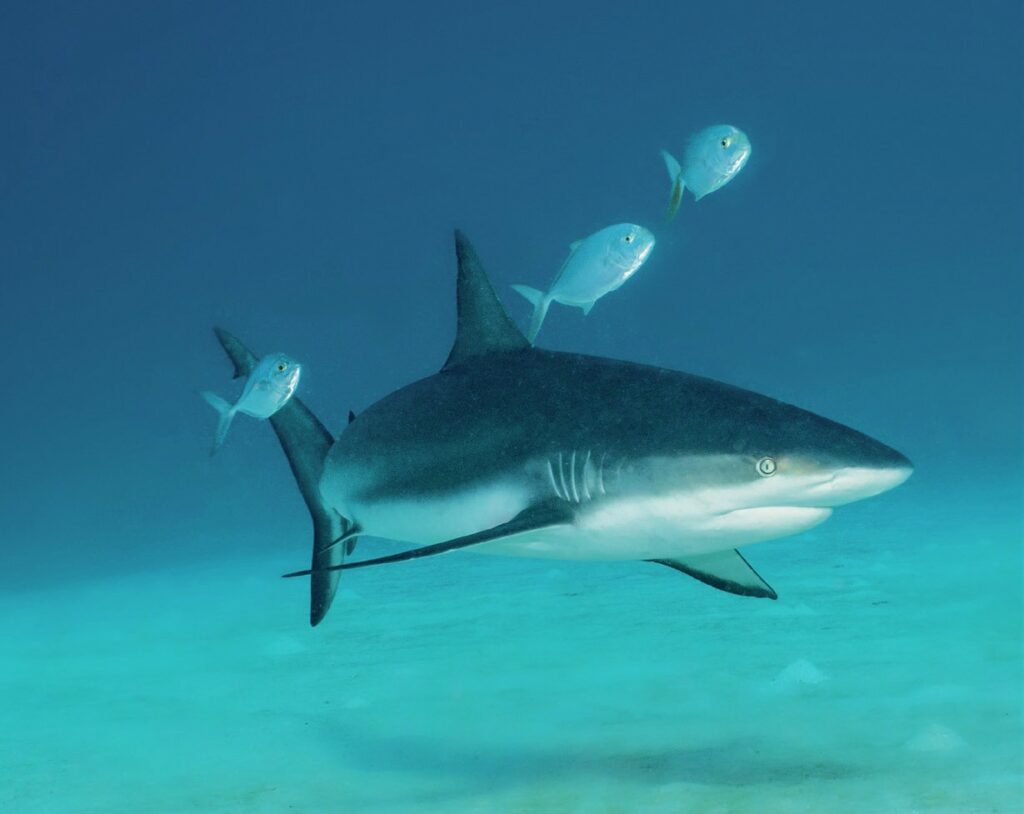
For this day we had moved up to Half Moon Caye, a natural monument in Belize and situated in the famous Lighthouse Atoll. The area was the first protected nature area in Belize, and in fact in Central America. In 1996, it was also recognised as a World Heritage Site and has remained since, one of seven recognised areas on the Belize Barrier Reef.
The diving here was by far the best diving I have done anywhere in the Caribbean, with huge sea sponges over six feet in height, sea fan gardens as far as the eye could see, drop-offs and walls that were patrolled by resident reef sharks and large grouper, and coral caves and overhangs where large tarpon relaxed in-between feeding on the local small fish species. The dive site name Aquarium is one of the most common of all dive destinations across the world, but this was better than any aquarium, the experience was natural and in the terms of the fish and coral species, you could see the decades of protection and the comfort of the animals to interact with the divers and not be afraid.
Last Dive before the Storm
After completion of the day’s diving, Ken had called a meeting with all crew and passengers to discuss the latest news – a category two hurricane called Lisa was projected to hit the eastern coast of Belize in 48 hours time, bringing with it huge winds and torrential rain. This meant we would have to curtail our trip short, but he had agreed that we would dive the following day for four dives before heading to the main port in Belize City. Ironically, this news was broken to us on Halloween. They would squeeze all four dives in before sunset so we could arrive in the city at a reasonable time.
Journey Cut Short: The Unforeseen Challenges
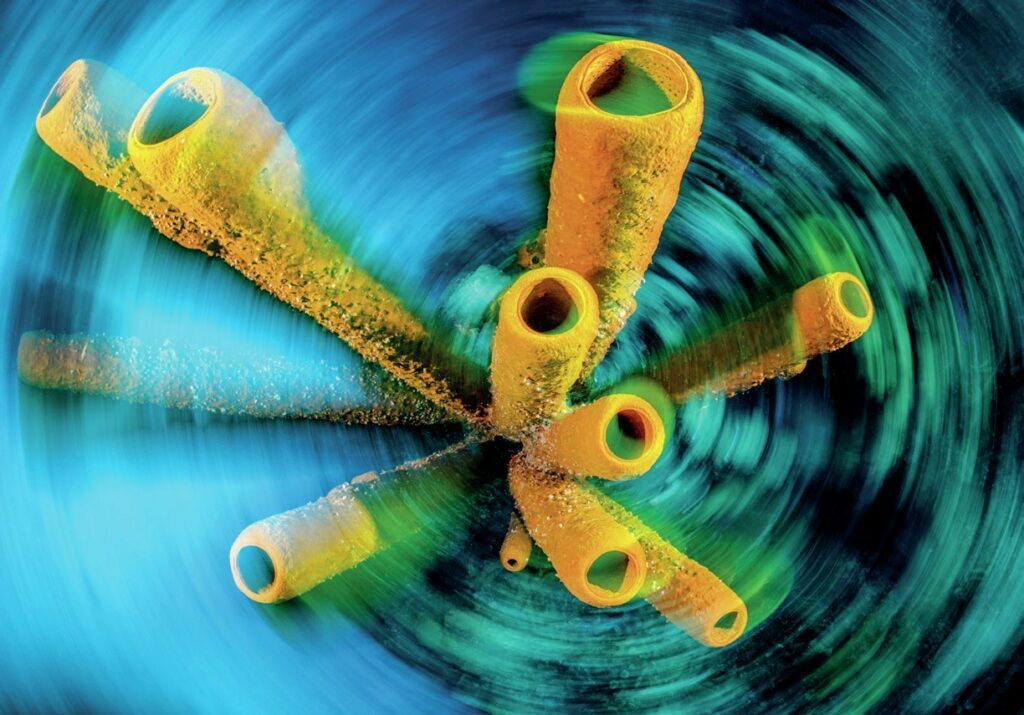
It’s long been said that a reflection of a company is not how things are when all is well and normal, but how a company reacts when things go bad. The Aggressor fleet has been in operation for many decades and their knowledge and ‘customer first’ attitude was what came to the fore. They kept us well informed of the situation and how this would be handled. We knew we would have a few dives the following day and the Belize reef system put on quite the farewell for us. We spent the morning shooting sharks, grouper and rays on a wall, before heading over to a site where I was able to shoot macro. There’s a species in the Caribbean called the yellowhead jawfish that I had long wanted to shoot, so I spent a wonderful 60 minutes shooting them as they popped up their heads from their sandy burrows.
The afternoon we stayed on a wall that had a plateau filled with sea fans, sponges, tarpon, turtles and even a school of yellow Caribbean jacks. The last dive of the trip was a late-afternoon dive and the light on the reef was spectacular, dappled sunlight breaking the surface of the water, causing a golden shine in the first 5m over the reef.
Reflection and Hope: Preserving Belize's Marine Environment
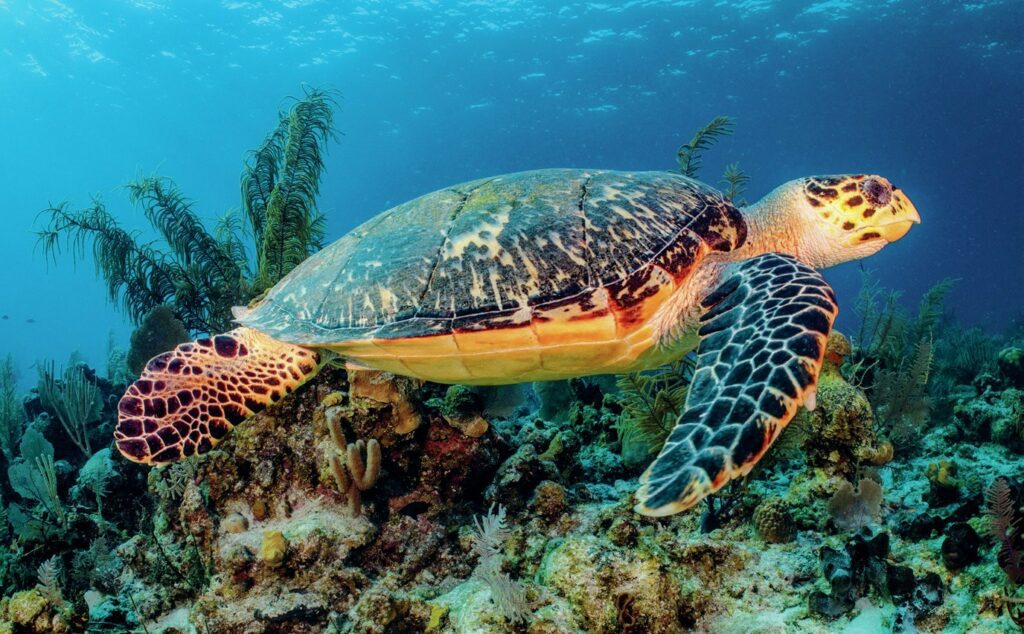
After the day’s diving we began the steam back to the city of Belize. We had only had two-and-a-half days of diving, but reflecting back on what we had seen and the photos from just a few days diving were incredible. The marine life the Belize reef system offers is of such a high standard when compared to other Caribbean island dive destinations, the passion of the country to protect its marine environment can physically be seen underwater, and hopefully the great work Belize has put in will preserve it for future generations.
Last Night Onboard and Next Steps
When she arrived back to the city, we spent the last night on the boat. When we awoke again, Ken had already formed a plan with the shore team to have us all accommodated in a resort two hours inland where we would be away from the primary dangers of the hurricane. The boat was going to have to be boarded up and parked in a safe area in the mangrove forests to protect it as best they could.
Safe Haven: Away from the Hurricane
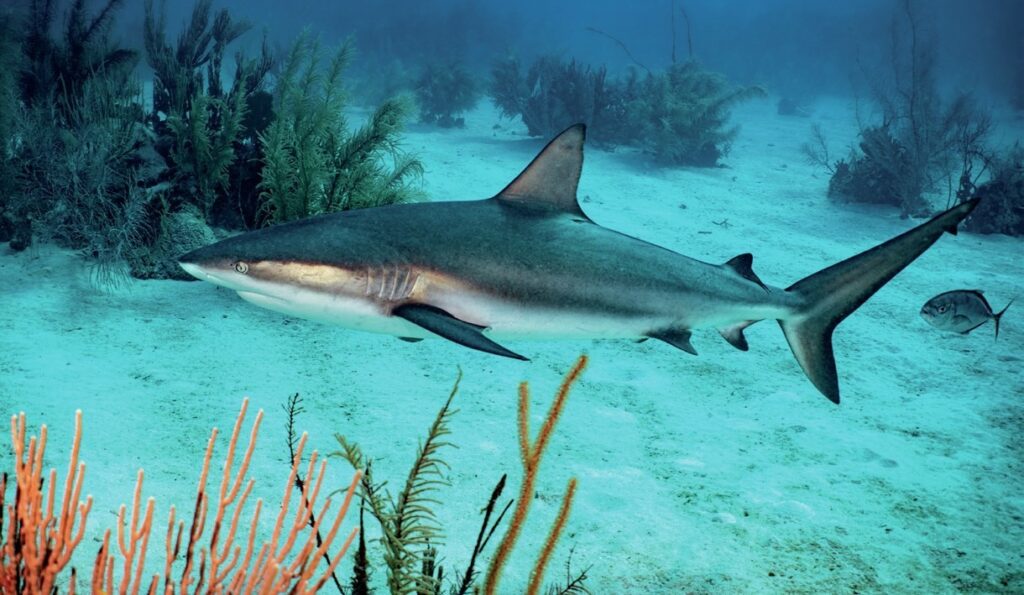
We were picked up by a bus arranged by the Aggressor team and taken to the hotel, we were provided with nice rooms, air conditioning, and all complimentary food and beverages for the remaining nights. We were also accompanied by some members of the boat crew for the next five days. The nation of Belize had been put into a state of emergency and a curfew had been placed on the nation to keep people in a safe place. We were the lucky ones. Protected in luxury in a resort with food, beverages, air conditioning and WiFi while local people prepared to protect their homes and the little possessions they had from the storm and flood damage that was to come.
Appreciation and Gratitude
The Aggressor team always kept our safety at the core of everything they did – natural disasters and freak weather are part of the world we live in, but the Aggressor staff made everything as comfortable as they could, always keeping people with us and informing us of any updates to the trip as frequently as they had new information. Thanks to the Aggressor fleet for keeping us safe, and for Belize for showing us how a Caribbean protected marine park can be.
This article was originally published in Scuba Diver UK #71.
Subscribe digitally and read more great stories like this from anywhere in the world in a mobile-friendly format. Link to the article
